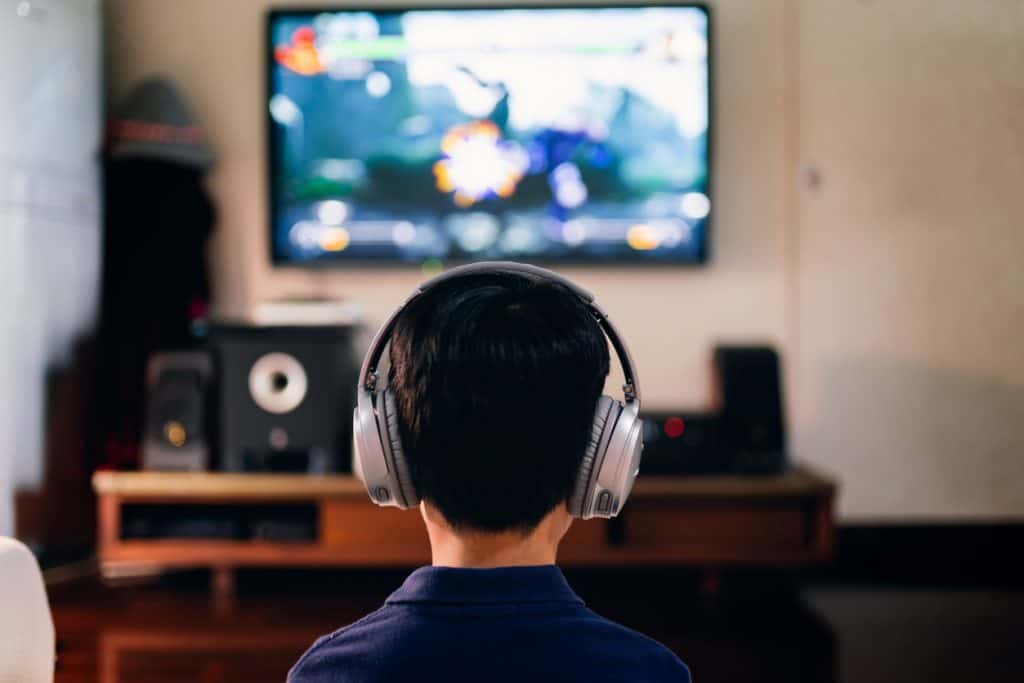The Diagnostic and Statistical Manual of Mental Disorders (DSM) has been the standard handbook for mental health professionals for over 50 years. A release of the approved fifth edition, the DSM-V, is expected in 2012.
In a recent editorial, Jerald J. Block, M.D., discusses the possibility that “Internet Addiction” may be appearing in the new manual. I’ve reprinted the short article below.
Issues for DSM-V: Internet Addiction
Internet addiction appears to be a common disorder that merits inclusion in DSM-V. Conceptually, the diagnosis is a compulsive-impulsive spectrum disorder that involves online and/or offline computer usage (1, 2) and consists of at least three subtypes: excessive gaming, sexual preoccupations, and e-mail/text messaging (3). All of the variants share the following four components: 1) excessive use, often associated with a loss of sense of time or a neglect of basic drives, 2) withdrawal, including feelings of anger, tension, and/or depression when the computer is inaccessible, 3) tolerance, including the need for better computer equipment, more software, or more hours of use, and 4) negative repercussions, including arguments, lying, poor achievement, social isolation, and fatigue (3, 4).
Some of the most interesting research on Internet addiction has been published in South Korea. After a series of 10 cardiopulmonary-related deaths in Internet cafés (5) and a game-related murder (6), South Korea considers Internet addiction one of its most serious public health issues (7). Using data from 2006, the South Korean government estimates that approximately 210,000 South Korean children (2.1%; ages 6–19) are afflicted and require treatment (5). About 80% of those needing treatment may need psychotropic medications, and perhaps 20% to 24% require hospitalization (7).
Since the average South Korean high school student spends about 23 hours each week gaming (8), another 1.2 million are believed to be at risk for addiction and to require basic counseling. In particular, therapists worry about the increasing number of individuals dropping out from school or work to spend time on computers (5). As of June 2007, South Korea has trained 1,043 counselors in the treatment of Internet addiction and enlisted over 190 hospitals and treatment centers (7). Preventive measures are now being introduced into schools (9).
China is also greatly concerned about the disorder. At a recent conference, Tao Ran, Ph.D., Director of Addiction Medicine at Beijing Military Region Central Hospital, reported 13.7% of Chinese adolescent Internet users meet Internet addiction diagnostic criteria—about 10 million teenagers. As a result, in 2007 China began restricting computer game use; current laws now discourage more than 3 hours of daily game use (10).
In the United States, accurate estimates of the prevalence of the disorder are lacking (11, 12). Unlike in Asia, where Internet cafés are frequently used, in the United States games and virtual sex are accessed from the home. Attempts to measure the phenomenon are clouded by shame, denial, and minimization (3). The issue is further complicated by comorbidity. About 86% of Internet addiction cases have some other DSM-IV diagnosis present. In one study, the average patient had 1.5 other diagnoses (7). In the United States, patients generally present only for the comorbid condition(s). Thus, unless the therapist is specifically looking for Internet addiction, it is unlikely to be detected (3). In Asia, however, therapists are taught to screen for it.
Despite the cultural differences, our case descriptions are remarkably similar to those of our Asian colleagues (8, 13–15), and we appear to be dealing with the same issue. Unfortunately, Internet addiction is resistant to treatment, entails significant risks (16), and has high relapse rates. Moreover, it also makes comorbid disorders less responsive to therapy (3).
References:
1. Dell’Osso B, Altamura AC, Allen A, Marazziti D, Hollander E: Epidemiologic and clinical updates on impulse control disorders: a critical review. Eur Arch Psychiatry Clin Neurosci 2006; 256:464–475[CrossRef][Medline]
2. Hollander E, Stein DJ (eds): Clinical Manual of Impulse-Control Disorders. Arlington, Va, American Psychiatric Publishing, 2006
3. Block JJ: Pathological computer use in the USA, in 2007 International Symposium on the Counseling and Treatment of Youth Internet Addiction. Seoul, Korea, National Youth Commission, 2007, p 433
4. Beard KW, Wolf EM: Modification in the proposed diagnostic criteria for Internet addiction. Cyberpsychol Behav 2001; 4:377–383[CrossRef][Medline]
5. Choi YH: Advancement of IT and seriousness of youth Internet addiction, in 2007 International Symposium on the Counseling and Treatment of Youth Internet Addiction. Seoul, Korea, National Youth Commission, 2007, p 20
6. Koh YS: Development and application of K-Scale as diagnostic scale for Korean Internet addiction, in 2007 International Symposium on the Counseling and Treatment of Youth Internet Addiction. Seoul, Korea, National Youth Commission, 2007, p 294
7. Ahn DH: Korean policy on treatment and rehabilitation for adolescents’ Internet addiction, in 2007 International Symposium on the Counseling and Treatment of Youth Internet Addiction. Seoul, Korea, National Youth Commission, 2007, p 49
8. Kim BN: From Internet to “family-net”: Internet addict vs. digital leader, in 2007 International Symposium on the Counseling and Treatment of Youth Internet Addiction. Seoul, Korea, National Youth Commission, 2007, p 196
9. Ju YA: School-based programs for Internet addiction prevention and intervention, in 2007 International Symposium on the Counseling and Treatment of Youth Internet Addiction. Seoul, Korea, National Youth Commission, 2007, p 243
10. The more they play, the more they lose. People’s Daily Online, April 10, 2007
11. Aboujaoude E, Koran LM, Gamel N, Large MD, Serpe RT: Potential markers for problematic Internet use: a telephone survey of 2,513 adults. CNS Spectr 2006; 11:750–755[Medline]
12. Block JJ: Prevalence underestimated in problematic Internet use study (letter). CNS Spectr 2007; 12:14[Medline]
13. Lee HC: Internet addiction treatment model: cognitive and behavioral approach, in 2007 International Symposium on the Counseling and Treatment of Youth Internet Addiction. Seoul, Korea, National Youth Commission, 2007, p 138
14. Block JJ: Pathological computer game use. Psychiatric Times, March 1, 2007, p 49
15. Ko CH: The case of online gaming addiction without other comorbid psychiatric disorders, in 2007 International Symposium on the Counseling and Treatment of Youth Internet Addiction, Seoul, Korea, National Youth Commission, 2007, p 401
16. Block JJ: Lessons from Columbine: virtual and real rage. Am J Forensic Psychiatry 2007; 28:5–33







Apparently China is the first nation to declare IAD a definable disorder: http://www.chinadaily.com.cn/china/2008-11/10/content_7190091.htm